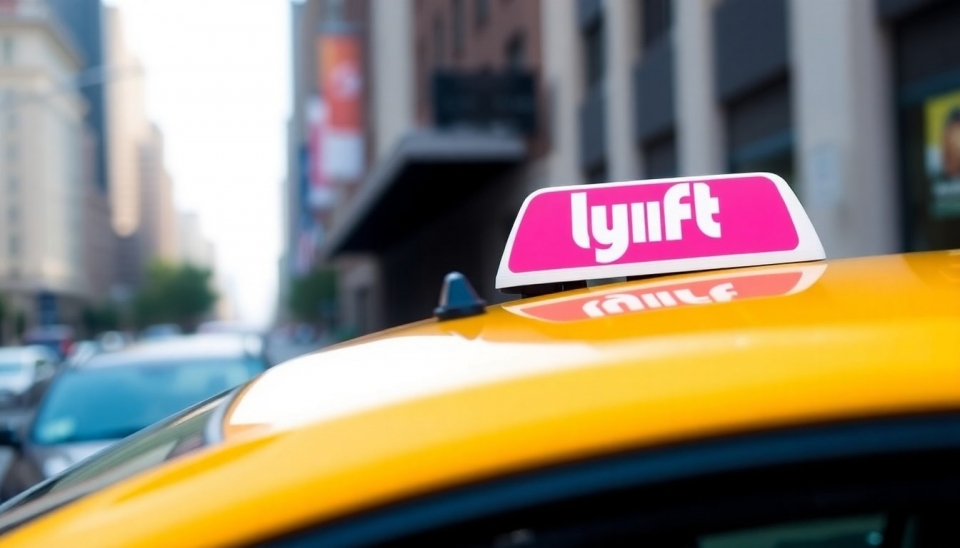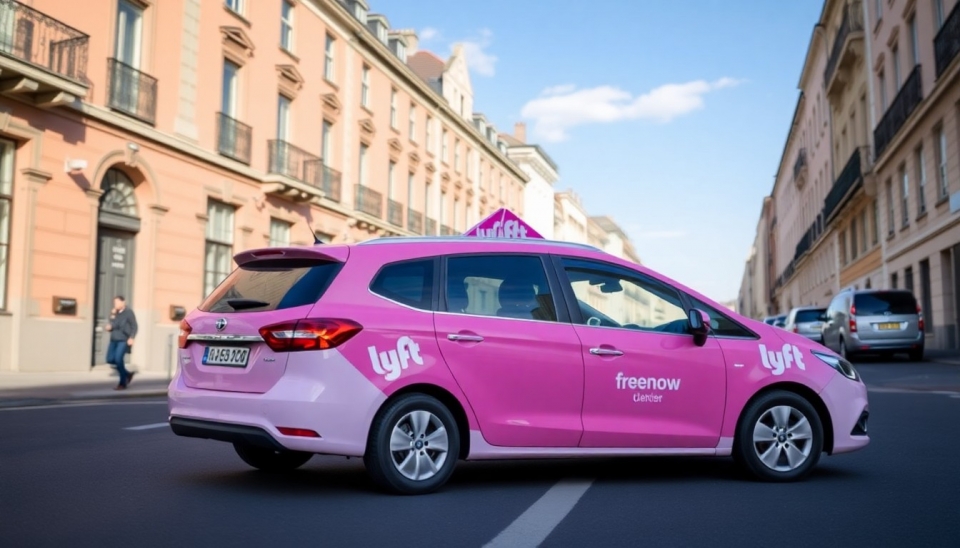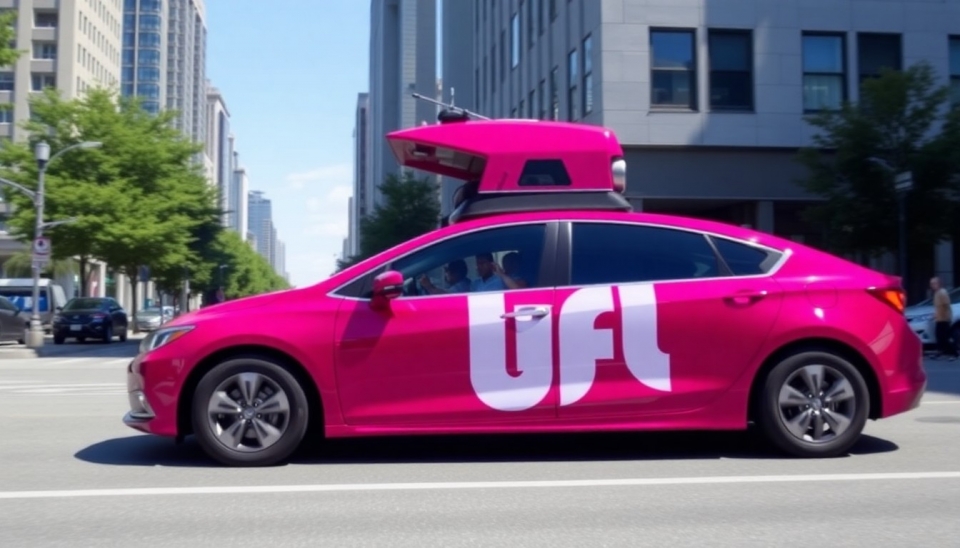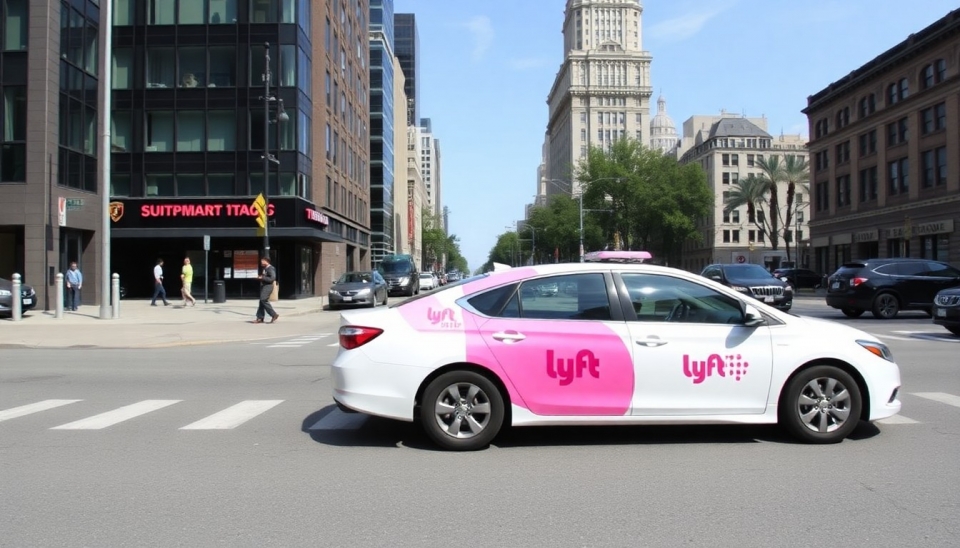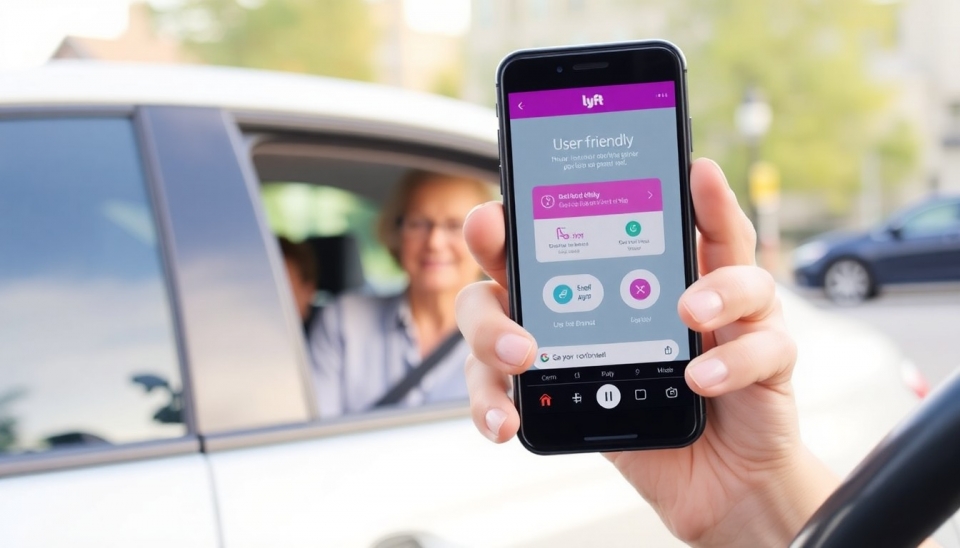
In an exciting move towards inclusivity and accessibility, Lyft has announced the development of a simplified version of its ride-hailing app specifically tailored for elderly users. This initiative aims to address the unique challenges faced by seniors in navigating technology, ensuring that they can effectively utilize the service without unnecessary complications.
The current version of the Lyft app, while functional for many, can often be overwhelming for older adults who may not be as familiar with smartphone technology. By streamlining the interface and reducing the number of steps needed to book a ride, Lyft hopes to empower seniors to take advantage of its services independently, fostering greater mobility and freedom.
The new app is expected to feature larger buttons, clearer navigation paths, and simplified language, making it more intuitive for users who may not be as tech-savvy. Further enhancements include voice commands and adaptive features to cater to various levels of ability, ensuring that the ride-hailing experience is as seamless and user-friendly as possible.
Lyft's commitment to serving the elderly demographic comes at a time when many seniors are increasingly seeking ways to maintain their independence and mobility, particularly in urban environments where public transportation might not be as accessible. The company recognizes the importance of transportation in enhancing quality of life for older adults, offering an essential service that can keep them connected to their communities.
Moreover, this development aligns with broader trends in the tech industry aimed at making digital platforms more inclusive. By investing in technology that eliminates barriers for older users, Lyft not only expands its customer base but also strengthens its reputation as a company that cares about the needs of all its riders.
As Lyft works on this initiative, industry observers are keen to see how the app performs in real-world settings and if it successfully increases usage among elderly riders. The potential for improved accessibility can set a precedent for other tech companies to follow, leading to a more inclusive digital landscape across various sectors.
In conclusion, Lyft’s efforts to create a user-friendly app for elderly customers highlight the growing recognition of diversity in user needs within the tech space. As the aging population continues to rise, services that cater to their specific requirements will become increasingly vital in fostering a society where everyone can participate actively and independently.
#Lyft #ElderlySupport #InclusiveTechnology #AccessibleApps #RideHailing #SeniorMobility #TechForGood
Author: John Miller
